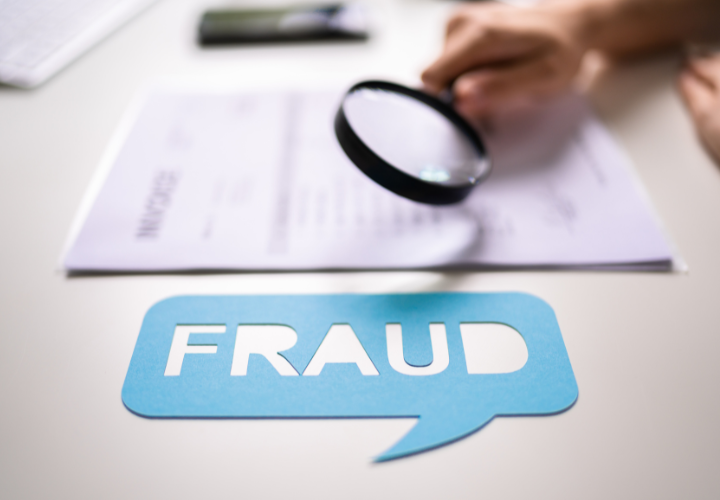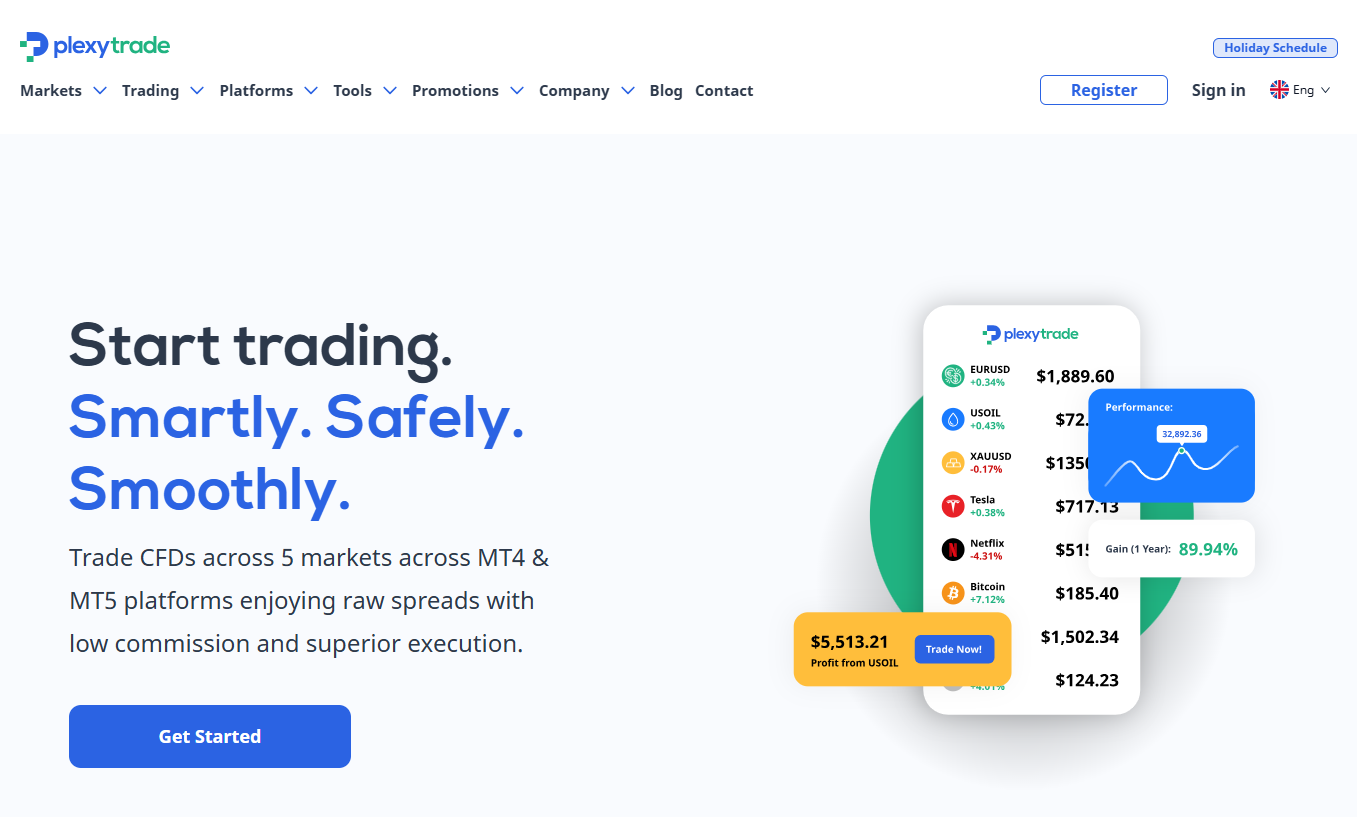Frauds in insurance remain a considerable challenge and threat to the insurance industry on a global scale. They can take everything from small exaggerations of claims to complex staged accidents, which cost insurers billions of dollars every year, ultimately paid for by honest policyholders.
Understanding Frauds in Insurance
Insurance fraud can be defined as purposeful, deceptive acts by a policyholder, applicant, or third-party claimant, committed against an insurance company or agent, to obtain an unnecessary financial gain. Insurance fraud can be committed by a policyholder, applicant, third-party claimant, or even an unscrupulous broker.
Common Examples of Insurance Frauds
Insurance fraud can take several different forms, including:
- Exaggerated Claims: Severely exaggerating the actual damage.
- Fully False Claims: Claiming things that never happened.
- Staged Accidents: Creating fake crashes or injuries.
- False information: Lying on applications to receive a better premium.
- Duplicated Policies: Taking out numerous overlapping policies to receive one fraudulent claim.
How Technology is Driving Frauds in Insurance?
In many cases, technology has facilitated and improved the efficiency of the processing of real claims. However, it also has spammed fraudsters. Today’s fraudsters use technologies in ways to create legitimate-looking documents and bypass verification strategies.
Examples of Modern Fraudster Technology
Ways that technology is misused include:
1. Digital Editing Programs
Digital editing programs such as Photoshop can easily alter medical records, bills, or photographs from accidents.
2. Forged Digital Signatures
Fraudsters obtain a digital signature for legitimate documents and reproduce it in fake documents.
3. High-Quality Scanners and Printers
Not all scams require fake ink stamps or physical letterhead; fraudsters have access to high-quality scanners and printers to create nearly perfect reproductions of documents.
4. Social Engineering
Social media mining has enabled fraudsters to better craft legitimate-sounding or looking fake claims, either using legitimate people in fake claims or using a fake identity.
5. Deepfake Technology
Deepfake audio and video can simulate interviews, witness statements, or record video evidence to go along with fake claims.
Global Growth in Frauds in Insurance
Recent studies, such as the Reinsurance Group of America (RGA) 2024 Global Claims Fraud Survey, have affirmed that fraud continues to be one of the industry’s primary concerns. A significant 74% of insurers indicated that the number of fraud cases they experience is either steady or increasing, in comparison to previous years.
During the COVID-19 pandemic, the insurance industry noted a steep increase in suspicious claims and cases where claimants were working secretly while receiving income protection payment benefits, including many suspicious overseas deaths. A worrying new trend emerging is in Critical Illness claims, with questionable medical evidence, such as overseas medical records from falsely established overseas doctors. Although many of these medical files are not believable, they seem legitimate at first glance.
Consequences of Frauds in Insurance for Businesses
Frauds in Insurance, do not only impact the companies, however they also impact honest policyholders, claimants, employees, and shareholders. Here are some principal consequences:
1. Direct Financial Losses
Fraud takes money directly out of the company; paying perpetrators reduces real payout costs.
2. Tarnished Reputation
Having to deal with too many fraud cases tends to tarnish insurer’s reputations and consequently destroy customer trust.
3. Legal Liability
Insurers may be liable and exposed to civil lawsuits and regulatory sanctions for breach of duty in respect of fraud prevention and detection.
4. Increased Premiums
To recover losses as a result of the frauds committed against businesses, the insurers often simply raise premiums on policyholders ‘ losses
5. Diminished staff morale
Continual repetition of management being interrupted to deal with and investigate frauds can become quite demoralizing when the majority of the other claims or underwriting staff are legitimate.
6. The Threat of Collapse
The frequency and scale of losses due to fraudulent claims and identity theft can threaten both small and mid-tier insurers with insolvency.
7. Increased Regulatory Oversight
Regulators could issue compliance requirements that could be extremely costly to comply with.
8. Decreased Shareholder Value
Financial loss and negative reputation can result in a lowered stock price and poor investor sentiment.
9. Lost Opportunity Costs
Time and resources spent on fighting fraud could have been diverted to providing better customer service or building an innovation pipeline.
10. Difficulty Sourcing Talent
Once it is known that an organization is poorly managed regarding fraud, good employees are hard to source.
Concluding Thoughts
The problem of false claim submissions keeps getting worse and more complex. For the insurance industry, this is a never-ending battle. To protect legitimate policyholders and rebuild trust in the insurance industry worldwide, organizations can better deter fraudsters and accomplish this task with improved processes and systems, such as stronger detection, improved document verification procedures, and cooperative efforts across the insurance industry.
Victim of Such Fraud? Here’s How to Take Action Now
If you’ve faced such fraud, LegalCertifi can help. Our experienced team will look into your case and guide you on how to get your money back. Contact us for a free consultation and share your case safely and privately.
Check scam broker reviews here.










Leave a Reply